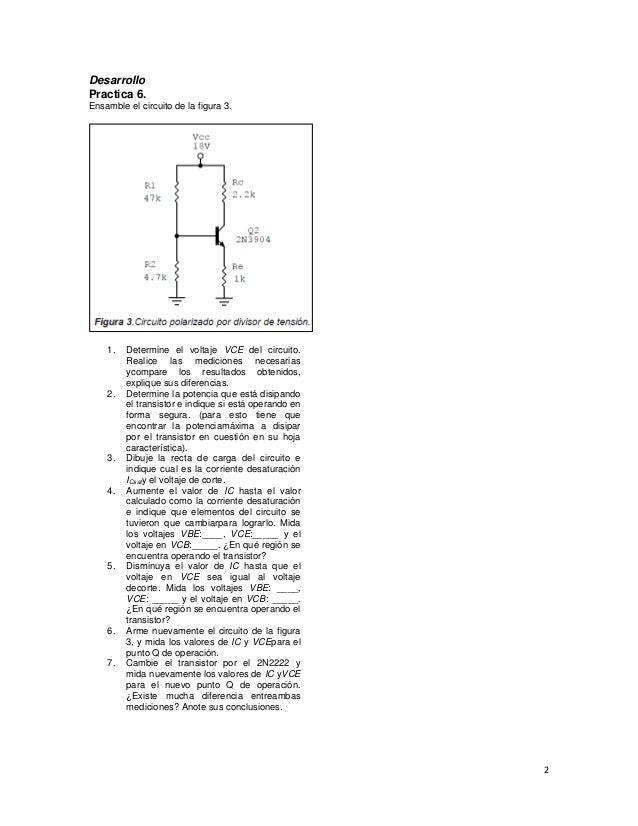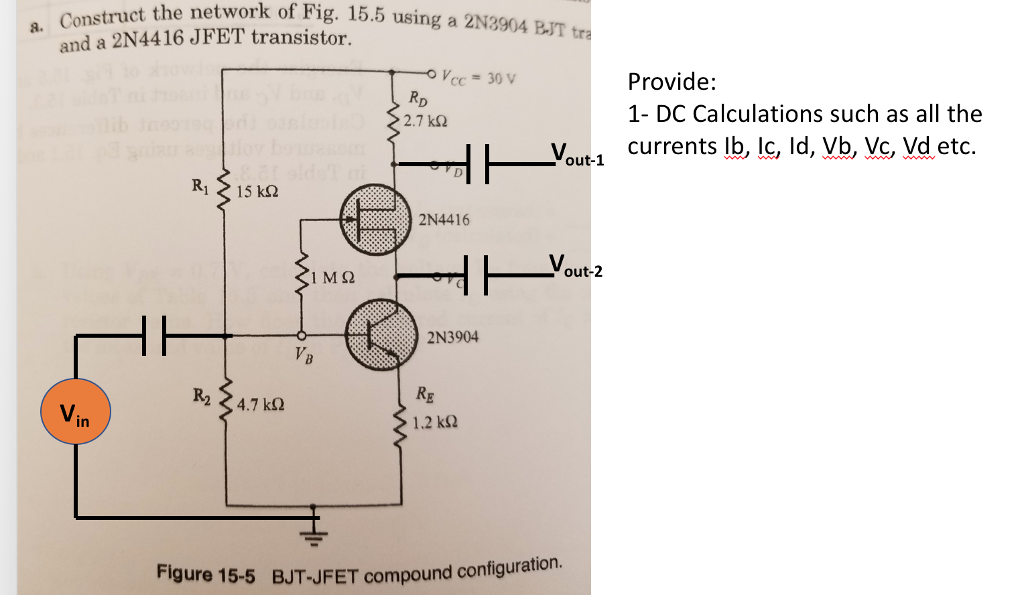

An NPN transistor comprises two semiconductor junctions that share a thin p-doped region, and a PNP transistor comprises two semiconductor junctions that share a thin n-doped region. ( July 2012) ( Learn how and when to remove this template message)īJTs exist as PNP and NPN types, based on the doping types of the three main terminal regions. Please help improve it to make it understandable to non-experts, without removing the technical details. This section may be too technical for most readers to understand. The arrow on the symbol for bipolar transistors indicates the p–n junction between base and emitter and points in the direction in which conventional current travels.

In this article, current arrows are shown in the conventional direction, but labels for the movement of holes and electrons show their actual direction inside the transistor. On the other hand, inside a bipolar transistor, currents can be composed of both positively charged holes and negatively charged electrons. Because electrons carry a negative charge, they move in the direction opposite to conventional current. However, current in metal conductors is generally due to the flow of electrons. Specialized types are used for high voltage switches, for radio-frequency (RF) amplifiers, or for switching high currents.īy convention, the direction of current on diagrams is shown as the direction that a positive charge would move. Bipolar transistors are still used for amplification of signals, switching, and in mixed-signal integrated circuits using BiCMOS. Hundreds of bipolar junction transistors can be made in one circuit at very low cost.īipolar transistor integrated circuits were the main active devices of a generation of mainframe and minicomputers, but most computer systems now use CMOS integrated circuits relying on field-effect transistors. Diffused transistors, along with other components, are elements of integrated circuits for analog and digital functions. The superior predictability and performance of junction transistors quickly displaced the original point-contact transistor. The junctions can be made in several different ways, such as changing the doping of the semiconductor material as it is grown, by depositing metal pellets to form alloy junctions, or by such methods as diffusion of n-type and p-type doping substances into the crystal. A bipolar transistor allows a small current injected at one of its terminals to control a much larger current flowing between the terminals, making the device capable of amplification or switching.īJTs use two p–n junctions between two semiconductor types, n-type and p-type, which are regions in a single crystal of material. In contrast, a unipolar transistor, such as a field-effect transistor (FET), uses only one kind of charge carrier. From top to bottom: TO-3, TO-126, TO-92, SOT-23Ī bipolar junction transistor ( BJT) is a type of transistor that uses both electrons and electron holes as charge carriers.

To make it less of a hassle, we can insert a toggle switch in the circuit so that we can just toggle the lever of the toggle switch if we want to turn ON or OFF the light bulb, instead of connecting or disconnecting the electrical plug.Typical individual BJT packages. So to turn ON the light bulb, we’ll insert the electrical plug to the outlet and to turn it off, we’ll disconnect the plug from the outlet. I hope you can imagine it, in reality, the light bulb is connected to the AC mains or wall outlet through an electrical plug and zip-cord. In figure 3, we can see a schematic diagram of a light bulb connected directly to the AC mains. So basically, an SPST toggle switch is simply an ON-OFF switch with two terminals (A & B) that can be connected together or disconnected from each other by toggling the lever (actuator). An SPST switch has one pole and one throw, so it can only control one circuit and its pole can be connected to one terminal only. The number of poles in a switch determines how many separate circuits the switch can control while the throw-count of a switch tells us how many positions each of the switch’s poles can be connected to. In figure 2, you can see a single-pole, single-throw (SPST) toggle switch and the circuit symbol of an SPST switch. A switch is an electrical or electronic device that can open or close a circuit, stopping or allowing the flow of current in a circuit.


 0 kommentar(er)
0 kommentar(er)
